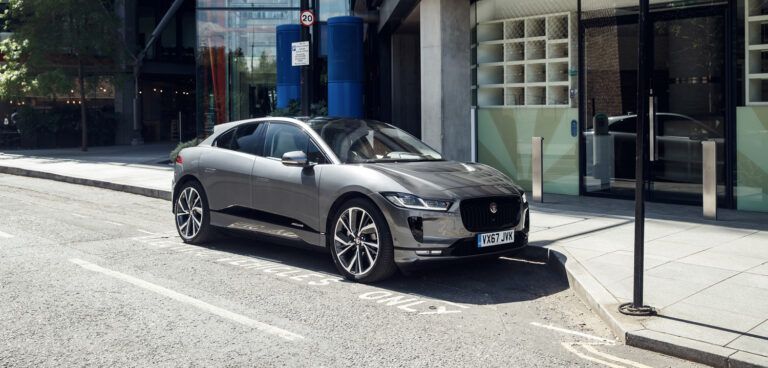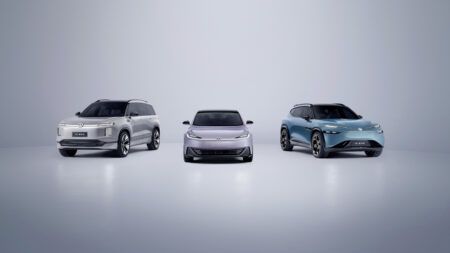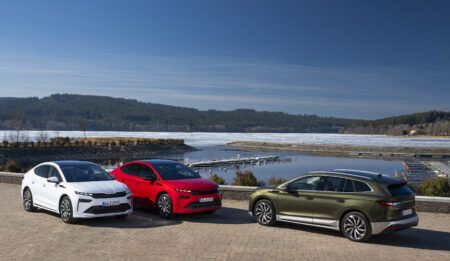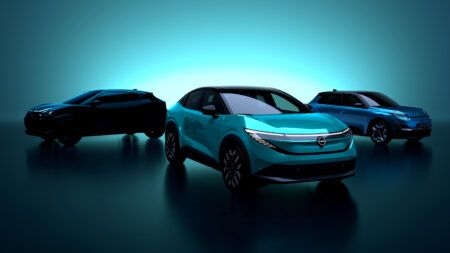Jaguar has presented its vision of an electrified automotive future at an event in London’s Mayfair. ‘The Electrified Automotive Future and its Relationship to Architecture’ was the subject of an evening hosted by Jaguar design and a group of the city’s leading RIBA architects, planners, property developers and infrastructure experts.
“I am incredibly proud of what we have created in the Jaguar I-Pace, and the reception it has received since its launch,” said Jaguar director of design Ian Callum. “It is a truly revolutionary vehicle with one of the most advanced zero-emission powertrains ever fitted to a production car.
“As a designer, I am hugely excited by the opportunity this widespread adoption of electric cars presents. We have a unique chance for wholesale change of the facilities available to drivers as we reinvent usage and ‘filling’ patterns for our vehicles. The concepts we are presenting here with the team of architects show a vision of what is possible, what is needed, and what it could look like.”
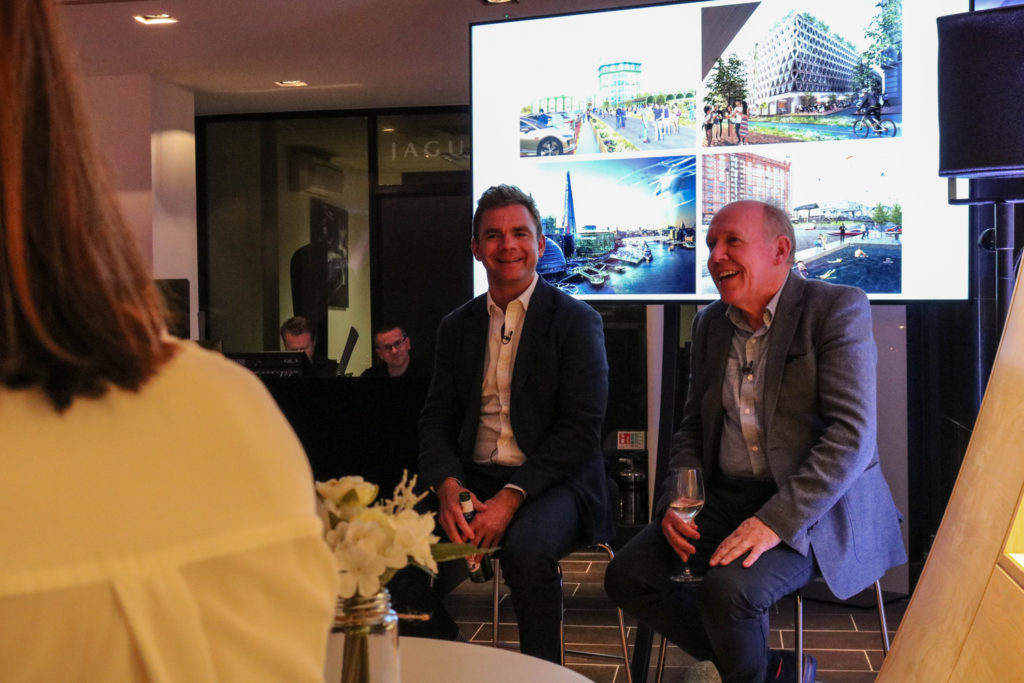 Callum and a number of architects (led by Jon Eaglesham of Barr Gazetas – above) presented concepts depicting a vision of an urban future of automotive electrification.
Callum and a number of architects (led by Jon Eaglesham of Barr Gazetas – above) presented concepts depicting a vision of an urban future of automotive electrification.
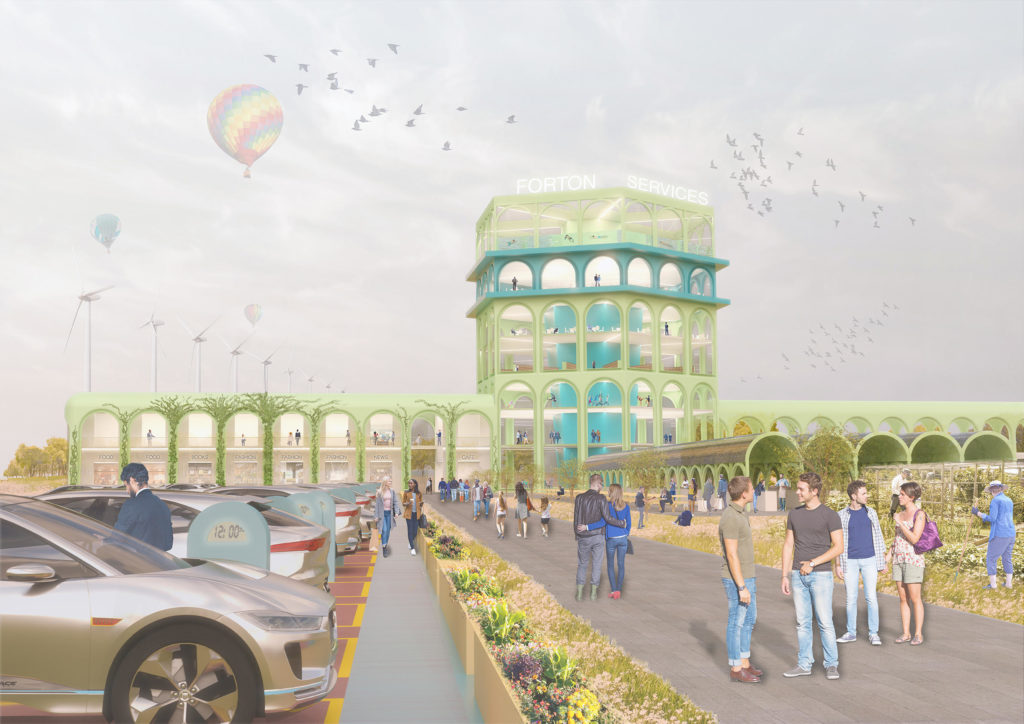 These included ‘Today (above), which showcased an electrification of an old highway service station. Boasting an array of charging infrastructure, the concept highlighted reduced noise and pollution, together with increased ‘dwell time’, which could be catered for with an array of amenities and services including farm shops, gymnasiums, swimming pools and restaurants – giving travelers options to occupy the time required to charge their vehicles.
These included ‘Today (above), which showcased an electrification of an old highway service station. Boasting an array of charging infrastructure, the concept highlighted reduced noise and pollution, together with increased ‘dwell time’, which could be catered for with an array of amenities and services including farm shops, gymnasiums, swimming pools and restaurants – giving travelers options to occupy the time required to charge their vehicles.
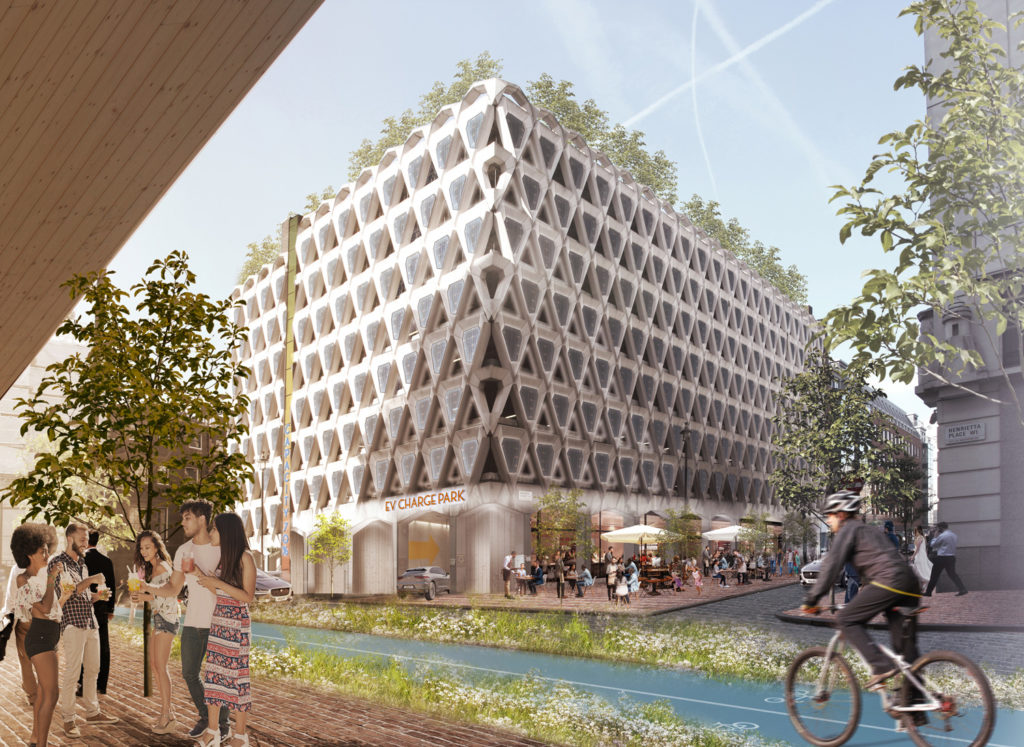 Also on display was ‘Tomorrow’ (above), a re-imagined multi-story parking lot, rethought as a self-sufficient charging plaza in a city center location. The design aims to reinvent the existing stock of urban parking facilities, making them of use to electric vehicle owners who are less likely to have access to off-street parking at home – customers could charge their cars adjacent to good public transportation links.
Also on display was ‘Tomorrow’ (above), a re-imagined multi-story parking lot, rethought as a self-sufficient charging plaza in a city center location. The design aims to reinvent the existing stock of urban parking facilities, making them of use to electric vehicle owners who are less likely to have access to off-street parking at home – customers could charge their cars adjacent to good public transportation links.
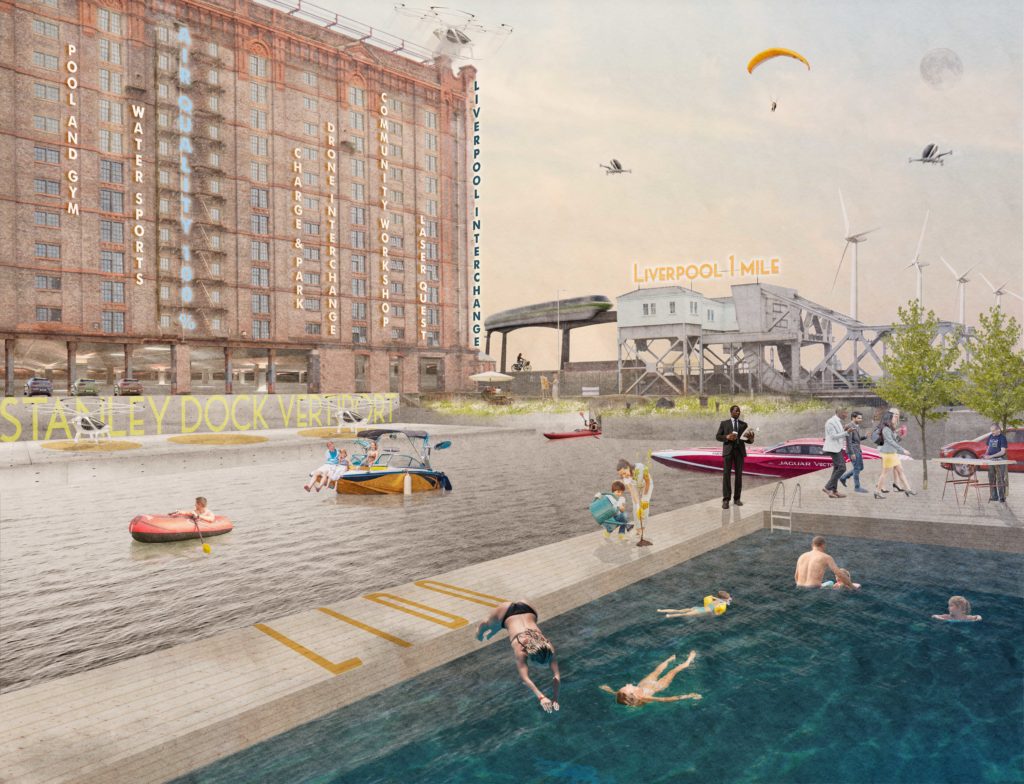 Additional concepts include ‘Electric City’ (above) – a re-imaging of Liverpool’s Stanley Dock – and ‘Electric future’ (below) – which conceptualizes London where repurposed and new infrastructure, connected to electric vehicles, has allowed a proliferation of vegetation and green space.
Additional concepts include ‘Electric City’ (above) – a re-imaging of Liverpool’s Stanley Dock – and ‘Electric future’ (below) – which conceptualizes London where repurposed and new infrastructure, connected to electric vehicles, has allowed a proliferation of vegetation and green space.
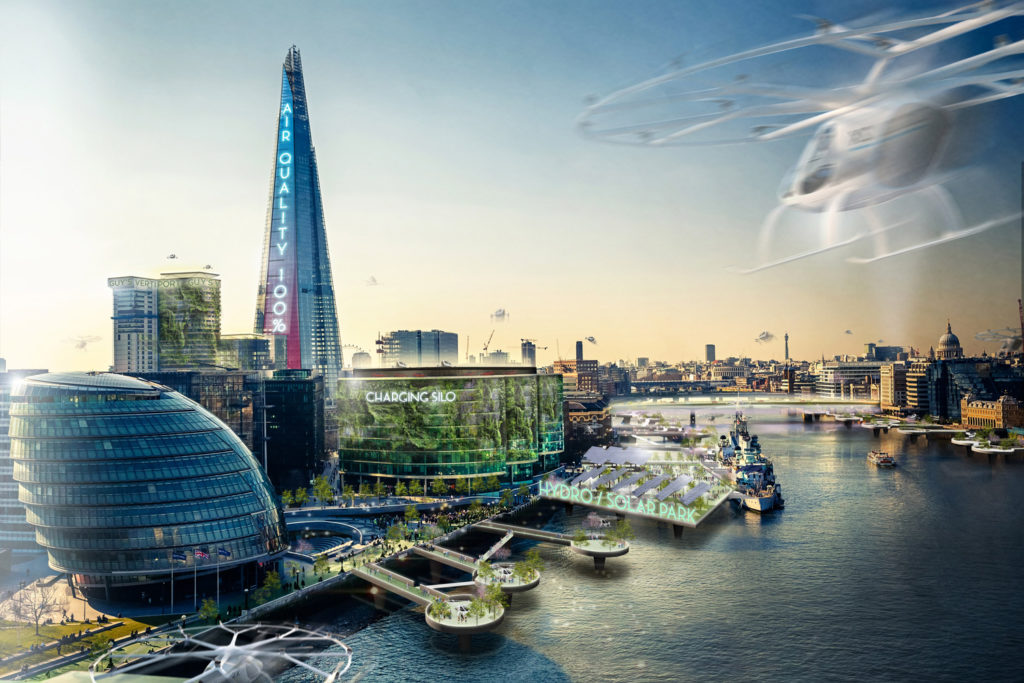 “This study is all about realizing opportunity,” said Eaglesham. “These four concepts should all be possible within a generation. Electric vehicle successes such as the I-Pace represent a huge catalyst for change. As architects, together with town planners and authorities national and local, we need to embrace this opportunity now, and bring visions such as these to reality, improving experiences, and indeed lives, up and down the country.”
“This study is all about realizing opportunity,” said Eaglesham. “These four concepts should all be possible within a generation. Electric vehicle successes such as the I-Pace represent a huge catalyst for change. As architects, together with town planners and authorities national and local, we need to embrace this opportunity now, and bring visions such as these to reality, improving experiences, and indeed lives, up and down the country.”


